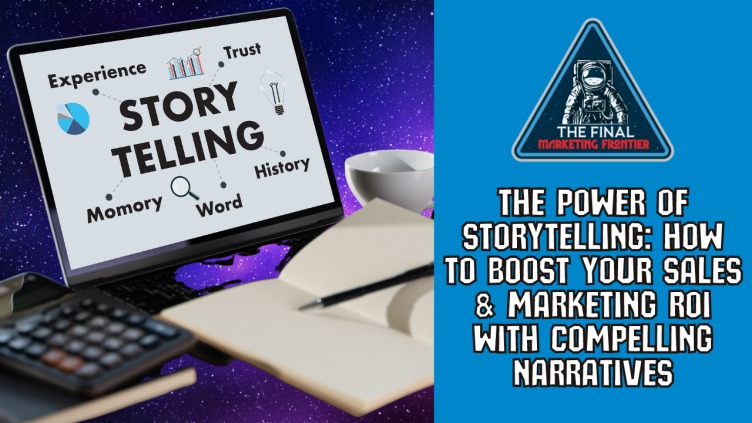
Storytelling is not just an ancient art; it’s a powerful marketing tool that can transform how businesses engage with their audiences. In this article, we will delve into the intricacies of storytelling magic and explore how it can captivate audiences, ultimately boosting your marketing return on investment (ROI).
Introduction
In a world inundated with information, capturing the attention of your target audience has become a daunting task. This is where storytelling magic comes into play – the ability to narrate compelling stories that resonate with your audience on a deeper level.
The Power of a Compelling Narrative
Human brains are wired to respond to narratives. When you tell a story, you engage not just the logical part of the brain but also the emotional center. This emotional connection is what makes storytelling a potent tool in marketing.
Crafting Your Brand Story
Your brand has a story, and it’s crucial to tell it authentically. Identify the key elements that make your brand unique and weave them into a narrative that aligns with your audience’s values and aspirations.
Understanding Your Audience
Effective storytelling requires a profound understanding of your audience. Conduct thorough research to know their preferences, pain points, and desires. Tailor your narratives to resonate with their specific demographics.
The Role of Visuals in Storytelling
A picture is worth a thousand words. Enhance your storytelling by incorporating visuals. Whether through striking imagery or engaging videos, visual elements can significantly amplify the impact of your narrative.
Platforms for Storytelling
Tell your stories where your audience is. Leverage various platforms, including social media, blogs, and podcasts, to reach different segments of your target audience. Adapt your storytelling strategy for each platform.
Storytelling in SEO
Search engines value quality content, and storytelling can be a game-changer for SEO. Craft your website content using narrative techniques to not only engage visitors but also improve your search engine rankings.
Case Studies: Successful Storytelling Campaigns
Let’s dissect successful storytelling campaigns from renowned brands. By analyzing their strategies, we can extract valuable lessons and insights that can be applied to your storytelling endeavors.
Overcoming Challenges in Storytelling
Despite its power, storytelling comes with challenges. Address common pitfalls, such as losing audience interest or misalignment with brand values. Discover strategies to overcome these challenges and keep your audience engaged.
Measuring the Impact of Storytelling on Marketing ROI
Numbers matter. Implement metrics to track the effectiveness of your storytelling efforts. Connect the dots between your narratives and tangible marketing results to understand the real impact on ROI.
Integrating Storytelling into Email Marketing
Don’t neglect your email campaigns. Personalize your emails with storytelling elements, creating a narrative arc that keeps subscribers eagerly anticipating each message in the sequence.
The Future of Storytelling in Marketing
Stay ahead of the curve by exploring emerging trends and technologies in storytelling. The landscape is ever-evolving, and adapting to new storytelling formats can give your brand a competitive edge.
Tips for Consistent Storytelling
Developing a consistent brand voice is key to successful storytelling. Ensure that your narratives maintain continuity across various channels, reinforcing your brand identity.
Conclusion
In conclusion, the magic of storytelling lies in its ability to create lasting connections. By embracing storytelling in your marketing strategy, you not only captivate audiences but also enhance your ROI. It’s time to weave the narrative that sets your brand apart in the hearts and minds of your audience.
